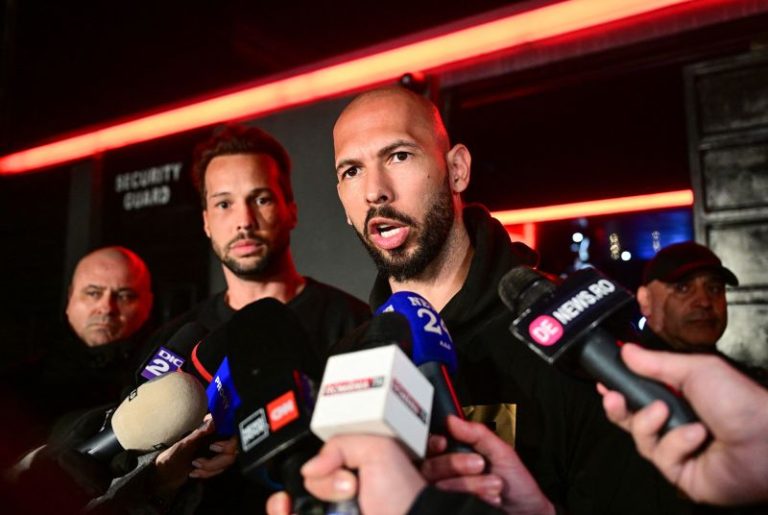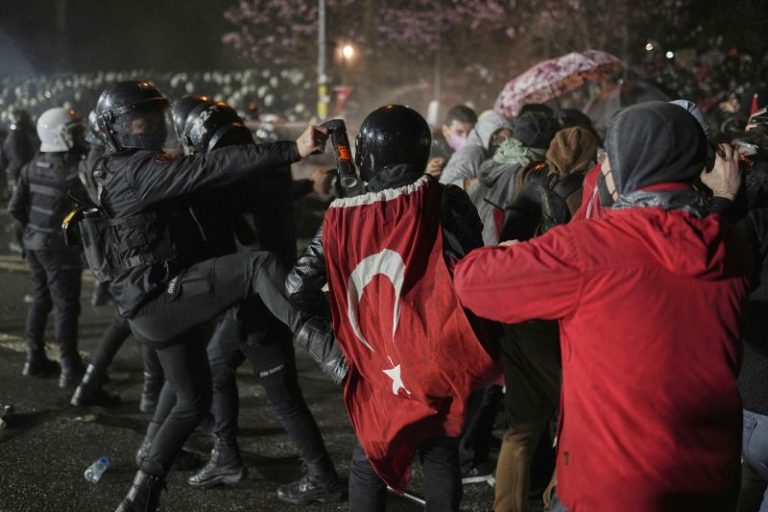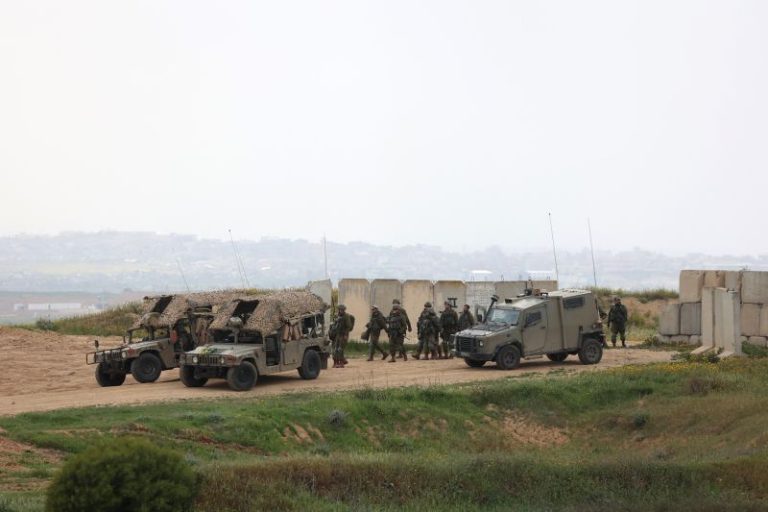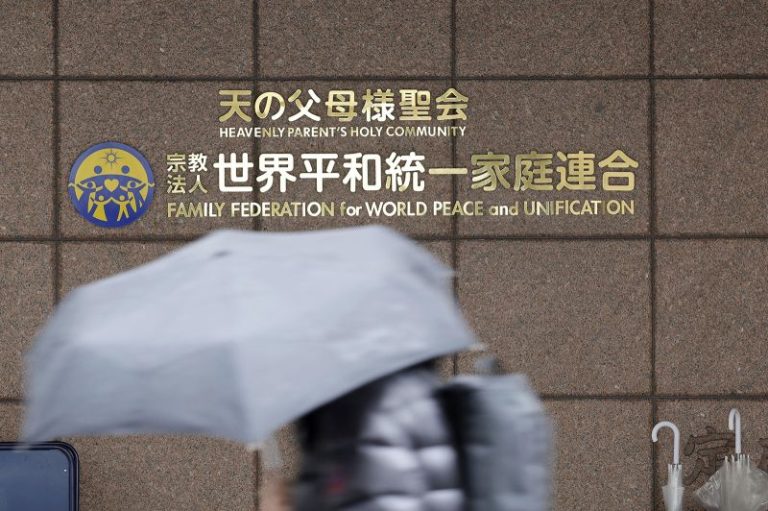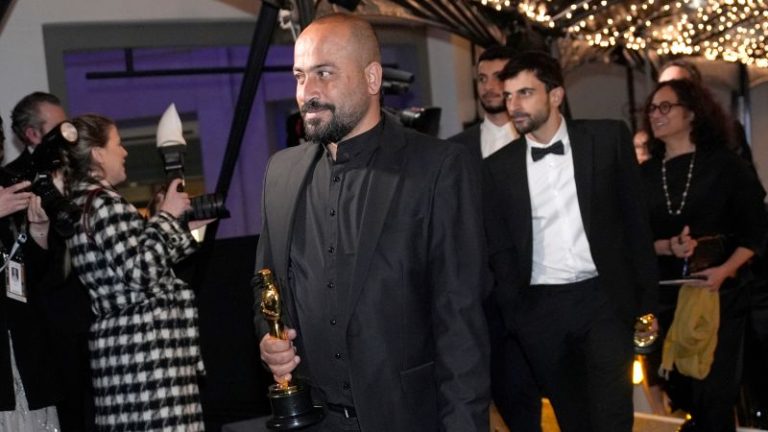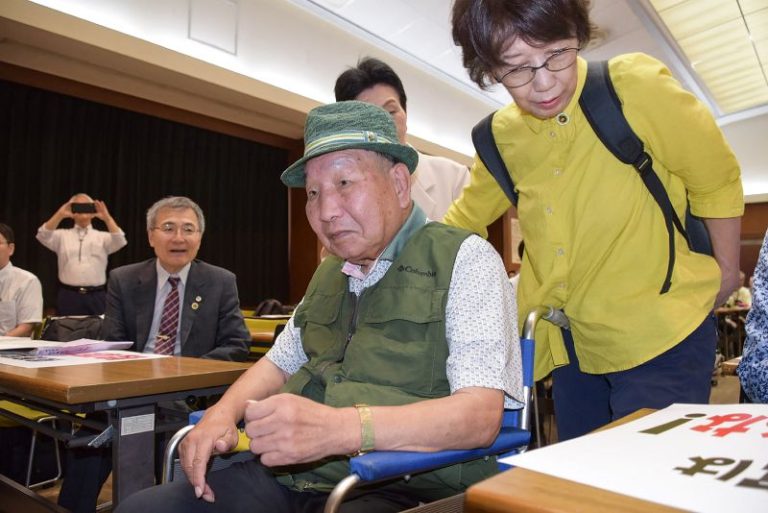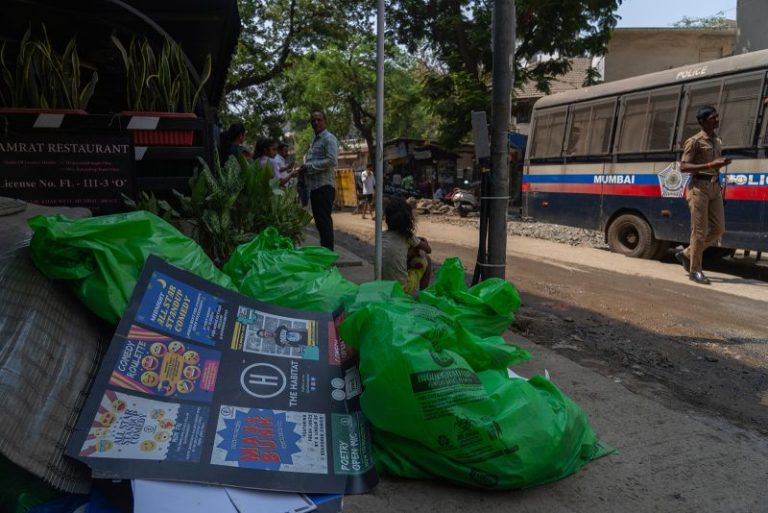Moya O’Sullivan looked in her cabinets, and saw a problem: her cream cheese, toothpaste, mouthwash, whiskey and soft drinks were all American. They had to go.
O’Sullivan, 29, teaches history and English to pupils in Kilkenny, southern Ireland. But by changing her shopping list, she’s hoping to school the 77 million Americans who voted to elect President Donald Trump to a second term.
“It’s very disappointing to me to see that half of America would choose (Trump),” she says.
Slipping into a voice more commonly heard in a classroom, she adds: “The Americans didn’t learn their lesson the first time. There unfortunately do need to be consequences.”
As the Trump administration’s trade war with the European Union intensifies, a ripple of reciprocal, economic nationalism is percolating across Europe; and O’Sullivan is part of a small but dedicated group hoping to hurt the United States with their wallets.
Trump has said that as of April 2, a slew of new tariffs will be announced on goods coming to the US from all over the globe as part of his package of reciprocal tariffs. The EU is primed to unleash countermeasures of its own, including higher tariffs on American whiskey, motorcycles, beer, poultry, beef, and produce such as soybeans, tomatoes and raspberries.
But protesting the Trump administration is a tougher sell in Europe than it was eight years ago. Europe’s leaders have taken great pains to build bridges with Trump, eager to avoid the brunt of his tariffs regime, or guide him towards acceptable outcomes in Ukraine and Gaza. And there’s fatigue in the air. “Many people are just a bit exhausted this time around,” O’Sullivan concedes.
James Blackledge, a 33-year-old postman in Bristol, England, has made sacrifices too. Like O’Sullivan, he’s turned to a locally-made – if more expensive – alternative to Philadelphia. “I’m a bit of a mayo monster,” he admits, but he’s stopped buying Hellmann’s and started making his own: “I’ve got a little blender, it’s quite easy to make.”
“I used to get a coffee from McDonald’s every now and then, which I don’t do,” he adds. Sierra Nevada beers are down the drain too. And he’s not alone. “A lot of my friends, who I’ve mentioned this to, say they’ve been doing it already for a while,” he says. “They’d already stopped (buying US products) when Trump was elected.”
O’Sullivan and Blackledge aren’t screaming into a void; their anger is shared by many on message boards and forums, and both have exchanged ideas online about how to make their points.
And the hunger to fight back against American corporations is evident. Denmark’s largest retailer , the Salling Group, introduced black, star-shaped stickers to supermarket labels earlier this month that indicate whether a product was made in Europe. Trump’s threats to annex Greenland, which is an autonomous territory of Denmark, have particularly angered Danes.
“We have recently received a number of inquiries from customers who want to buy groceries from European brands,” Salling Group chief executive Anders Hagh wrote on LinkedIn. “Our stores will continue to have brands on the shelves from all over the world, and it will always be up to customers to choose.”
A Swedish Facebook group calling for people to boycott American goods has 81,000 members; a Danish equivalent has 90,000. Every hour, people ask whether their dog food, soda, cheese or chocolate is connected to the US and look for alternatives.
It is too early in Trump’s administration to tell whether these efforts will impact the exports of American-made staples to Europe. The early economic protests across Europe are ad-hoc and haven’t taken hold among a significant segment of the population, but the looming threat of new tariffs has hardened the resolve of some groups and organizations to buy EU-produced items over American versions .
Previous, more widespread economic boycotts in Europe, like recent campaigns to avoid companies with ties to Russia and Israel in the wake of their offensives in Ukraine and Gaza, have recruited willing disciples and claim success in prompting some companies to cut their ties with those countries, but deciphering their economic impact is difficult.
“International conflicts often provoke boycott calls targeted at a foreign adversary, but whether consumers actually participate has been an enduring puzzle,” researchers at the University of Virginia wrote in a 2016 study. Their work did indeed find that in the US, consumers “reduced their purchases of French-sounding supermarket brands” in the wake of a dispute between Washington and Paris over the war in Iraq.
Another study, which analyzed boycott movements in the US between 1990 and 2005, found that these efforts can impact companies’ reputation even if they don’t hurt their bottom line.
But whether or not it takes hold, O’Sullivan is undeterred when it comes to Trump. “We vote with our money … Even if it makes no difference, I just don’t want my money going to support his economy.”
Trump remains broadly unpopular in Europe, and polling suggests his election win has hurt the continent’s sentiment towards America. But the huge demonstrations that greeted the president on his travels to the continent in his first term have been replaced by piecemeal protests more visible in kitchen cabinets than on city sidewalks.
In London, a gigantic demonstration gripped the city on the eve of the president’s visit in 2018; around 250,000 people showed up, according to organizers, while an orange-hued, 20-foot tall “Trump Baby” balloon, depicting the president clutching a mobile phone and sporting a giant diaper, sailed in the skies overhead.
“I don’t know whether the same numbers would come out of one event this time,” admits Gardner, of the Stop Trump Coalition, which organized that protest and has re-formed since Trump’s re-election to shepherd British opposition to the administration.
Instead, demonstrators are trying to get creative. Protests have been organized outside Tesla showrooms in the UK, to oppose owner Elon Musk’s involvement in the administration. But fewer than 20 people showed up to one event on Saturday in Leeds, northern England, according to photos published by organizers, illustrating the struggle to mobilize Brits so far in Trump’s second term.
Sales of Tesla have declined in Europe since Trump took charge – Tesla registered just 9,913 new units in January across the continent, down from 18,121 last January, according to automotive analysis firm JATO – though the group noted that the upcoming release of its updated Model Y would likely help sales rebound.
Trump is set to visit the UK on a second state visit soon; this time, the invitation from King Charles III was gleefully unfurled by Britain’s prime minister, Keir Starmer, in the White House, and was met with tacit acceptance back home.
But outbursts in Washington are awakening anger in Europe. “That meeting (with Volodymyr Zelensky) in the Oval Office was a real flashpoint of disgust, and people felt like they needed to do something,” notes Gardner, who says Trump’s furious tirade against the Ukrainian president prompted a surge in emails and calls to the anti-Trump group.
The next day, the right-leaning Daily Mail tabloid led its front page on calls to “Stop the state visit for ‘bully’ Trump” – a surprising rallying cry for a paper that is more sympathetic to his brand of politics than most British outlets.
Gardner has supported economic boycotts on US goods, and says she no longer shops on Amazon, though she acknowledged that she organizes protests with fellow anti-Trump activists on WhatsApp, the messaging app owned by US tech giant Meta. “There are contradictions in this, but that doesn’t mean it’s not a worthwhile thing to do,” she says.
And there is one more tool always available to Trump’s critics on the continent: provocation. “Give us back the Statue of Liberty,” Raphael Glucksmann, a French member of the European Parliament who represents the small left-wing party Place Publique, said during a rally at the weekend. “It was our gift to you. But apparently you despise her.”
“No one, of course, will come and steal the Statue of Liberty. The statue is yours. But what it embodies belongs to everyone,” he said later on X. “And if the free world no longer interests your government, then we will take up the torch, here in Europe.”
This post appeared first on cnn.com

